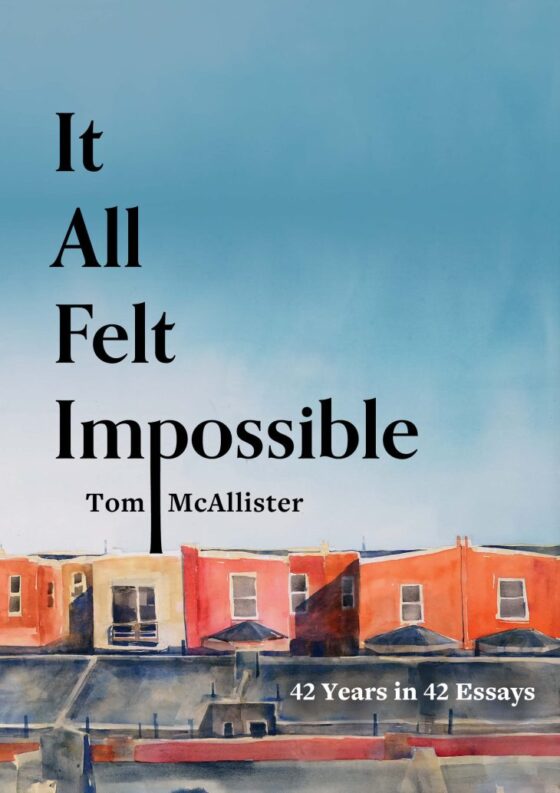In all honesty, I’ve been out of the loop when it comes to the reality TV star formerly known as Bruce. Too young to recall Jenner’s decathlon-winning heyday, which launched him onto Wheaties boxes and into media stardom, and having neglected to keep up with the Kardashians, I’ve really never given a moment’s thought to the spotlight-loving sexagenarian. However, as someone who’s long identified as genderqueer, and is quite curious about cisgender reactions to the trans community, I figured I should finally get around to taking a look at that infamous “coming out ” interview Jenner gave to straitlaced Diane Sawyer, especially now that the Bruce who gave it is no more.
And I’m glad I did. Though Jenner is late to the trans-in-media game—several big TV series feature prominent non-cis characters—the newly revealed Caitlyn has something to offer that those young and hip shows do not, namely, her age. While the millennial generation might deliver a collective shrug towards same-sex marriage and Laverne Cox’s Emmy, Jenner is uniquely positioned to be relatable to their head-scratching grandparents. Indeed, Jenner, baby boomer hero and loving parent and grandparent—not to mention a conservative Christian (and a Republican—the most shocking disclosure to come out of that Sawyer interview for much of the blogosphere)—is able to garner a certain respect from the white/hetero/cisgender mainstream in charge that, say, RuPaul, one of the many historically marginalized gender-benders of color, unfortunately cannot.
In other words, Jenner is basically the Clint Eastwood of the trans community. And as such she can serve as a sort of ambassador to an older generation that, like Sawyer, can’t quite grasp the difference between gender and sexuality. (A distinction that Jenner also seems to struggle with. Though Bruce claimed not to be homosexual, Caitlyn sure seems like a lesbian to this biologically female gay guy. Then again, I’m old school.) All of which, to paraphrase Dirty Harry, sure made my day.
I also wondered about the reaction from gender nonconformists of Jenner’s generation, not just to Bruce’s Sawyer interview and Caitlyn’s Vanity Fair photo shoot, but also to the fact that such an unprecedented amount of people are tuning in. So I decided to broach the subject with gender theorist and pioneer Kate Bornstein, who’s been fighting for trans visibility in media since the conservative Reagan 80s. How did she feel now that an Olympic-gold-medal-winning reality TV star had become the face of gender nonconformity for Middle America? Was this a good thing? Bad? Both? And did she see this as some sort of turning point? Was this our “Ellen” moment?
Well, yes and no. “There’s no doubt in my mind now that Time magazine was right, when they said last year that transgender has reached a tipping point,” Bornstein allowed when I spoke with her. But she continued, noting that:
Trans as a whole, however, is nowhere close to a tipping point. Trans as an identity category includes non-binary, genderqueer, drag kings and queens, butch dykes, female-to-femme, and other binary disobedient gender identities.
The irony of that Bruce Jenner interview is that while nothing of non-binary nature was mentioned, the visuals were nothing but non-binary—most noticeably, Bruce Jenner himself with a girl face and boy body language, saying ‘Yes, I’m a woman,’ and ‘I’m using male pronouns.’ All of that screams non-binary to me. Maybe it’ll reach everyone subliminally.
In other words, we’ve come a long way from the days when girls were girls and men were men. Or as my favorite non-binary comedian Eddie Izzard once put it, “I didn’t jump out of a not-wearing-dress box into a have-to-wear-dress box.” Here’s hoping the trailblazing Caitlyn can also sidestep those binary boxes and follow in his heels.




